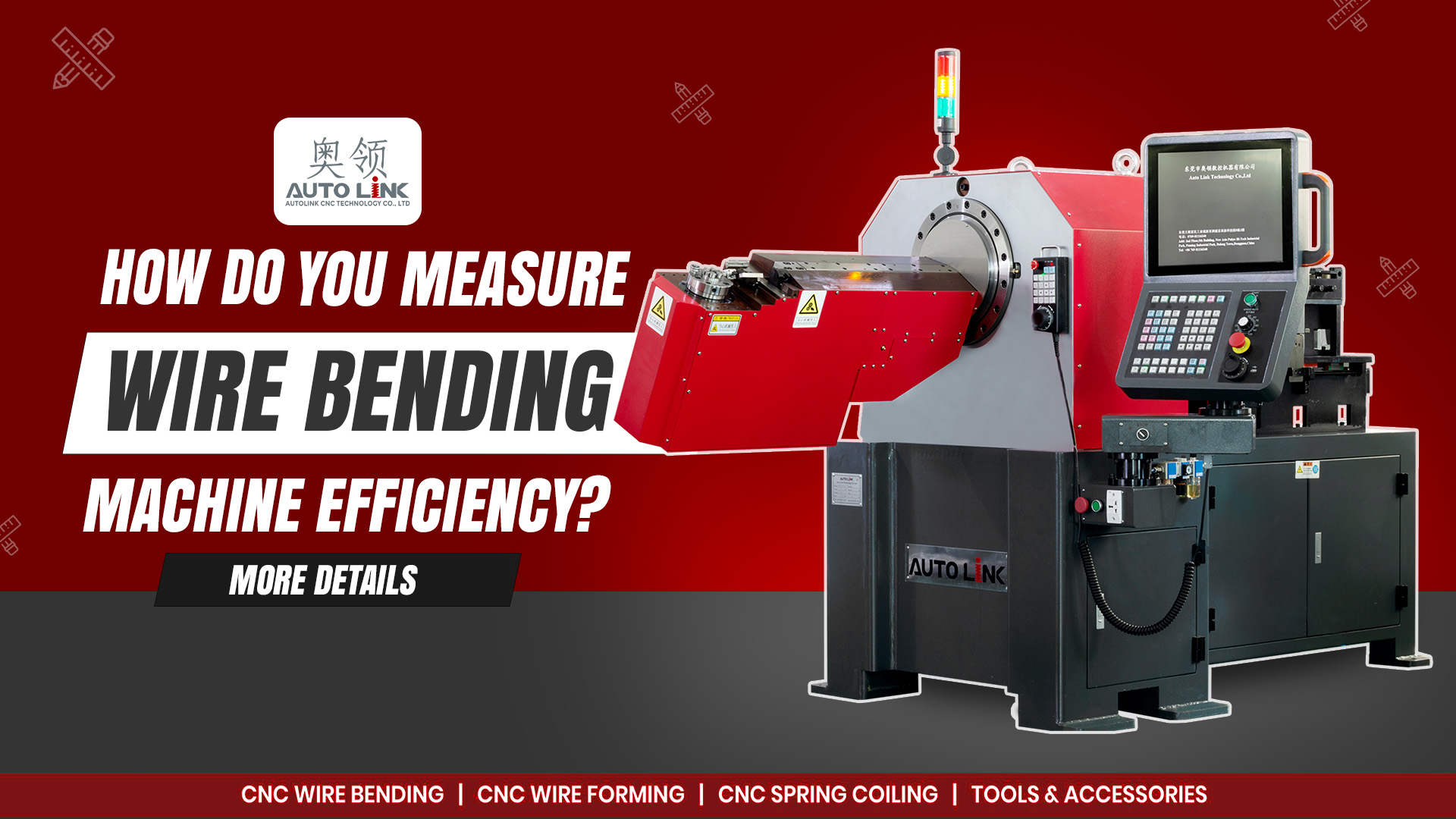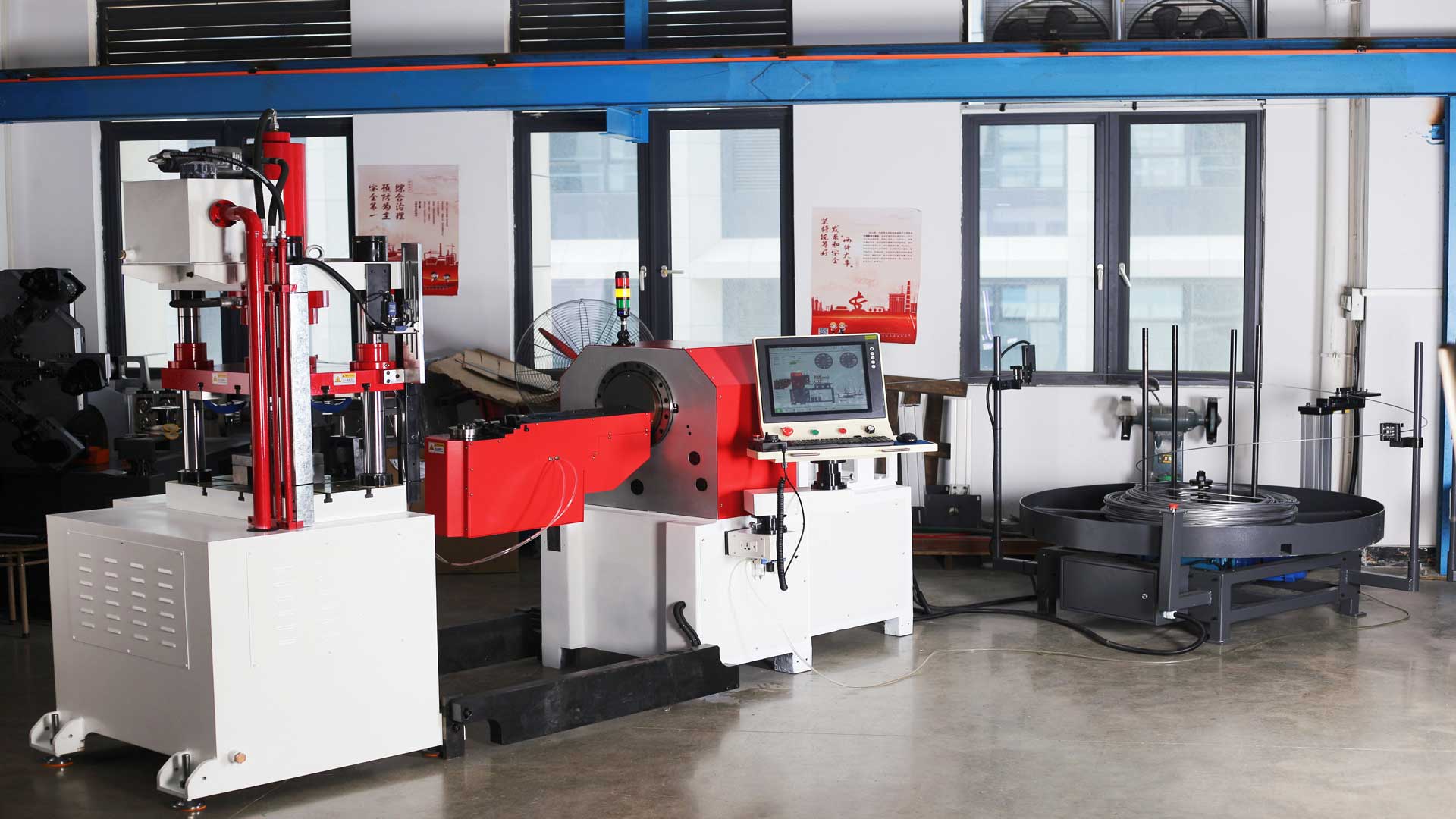How do you measure wire bending machine efficiency?
By analyzing these metrics and performance indicators, manufacturers can effectively evaluate the efficiency of their wire bending machines and implement strategies to optimize productivity, reduce costs, and enhance overall performance.
Measuring the efficiency of a wire bending machine involves assessing various factors related to its performance, productivity, and resource utilization. Here are some key metrics and considerations to evaluate wire bending machine efficiency:
Production Output: Measure the machine's output in terms of the number of parts produced per unit of time (e.g., parts per hour or per shift). This metric helps gauge the machine's productivity.
Cycle Time: Determine the time taken for each bending cycle, including setup, bending, and unloading. Minimizing cycle time improves overall throughput and efficiency.
Setup Time: Assess the time required to set up the machine for a new job, including tooling changes and programming adjustments. Reduced setup time allows for more flexible production scheduling and faster changeovers.
Scrap Rate: Calculate the percentage of defective or scrapped parts compared to the total production output. Lower scrap rates indicate better material utilization and process control.
Tooling Efficiency: Evaluate the effectiveness of the machine's tooling in terms of durability, accuracy, and longevity. Efficient tooling minimizes downtime for maintenance and replacement.
Utilization Rate: Measure the proportion of time the machine is actively engaged in production versus idle or downtime. Maximizing utilization ensures optimal use of resources and minimizes idle time.
Energy Consumption: Monitor the machine's energy consumption over time to identify opportunities for energy savings and efficiency improvements.
Material Waste: Quantify the amount of material wasted during the bending process, such as trimmings or offcuts. Minimizing material waste contributes to cost savings and sustainability.
Accuracy and Precision: Assess the machine's ability to consistently produce parts within specified tolerances. Higher accuracy reduces the need for rework or quality inspections.
Overall Equipment Effectiveness (OEE): OEE is a comprehensive metric that combines availability, performance, and quality to measure overall equipment efficiency. It provides a holistic view of machine performance and identifies areas for improvement.







